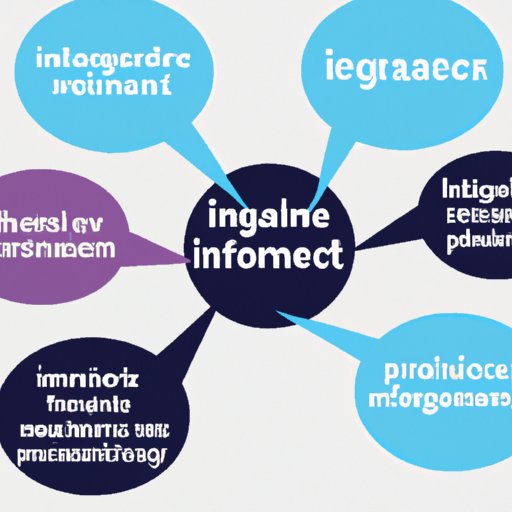Introduction
Mental health care is an important part of overall wellness, but it can be expensive. Many people rely on their health insurance to help cover the cost of therapy and other related services. But does health insurance really cover therapy? The answer is yes, but there are many factors that determine what type of therapy is covered and how much you will have to pay out of pocket.
This article will explore the different types of therapy that health insurance can cover, how to compare coverage across different providers and what to know before seeking out-of-network services. We’ll also look at how co-payments and deductibles affect coverage and navigating the claims process for therapeutic services.

Exploring the Different Types of Therapy Covered by Health Insurance
The type of therapy covered by health insurance depends on your plan and the type of service being provided. Generally speaking, most health insurance plans cover outpatient therapy services, including individual, family and group therapy. Inpatient therapy services, such as stays in a hospital or residential facility, may also be covered depending on the plan.
In addition to traditional therapy services, some health insurance plans may also cover other types of therapeutic services, such as acupuncture, massage, art therapy and nutritional counseling. It’s important to check with your health insurance provider to find out what types of services are covered.

Comparing Mental Health Coverage Across Different Insurance Providers
When comparing mental health coverage across different insurance providers, it’s important to look at both the type of services covered and the amount of coverage offered. Some plans may offer more generous coverage for certain types of therapy, such as inpatient services or alternative therapies. Other plans may have higher co-payments or deductibles, which can affect the amount you have to pay out of pocket.
It’s also important to read the fine print of your plan to understand any restrictions or limits that may apply. For example, some plans may require prior authorization for certain types of services or limit the number of visits you can have in a given year. Understanding these details can help you make an informed decision when selecting a health insurance plan.
What to Know Before Seeking Out-of-Network Therapy Services
In some cases, you may need to seek out-of-network therapy services. This means that you are not using a therapist that is in your health insurance company’s network. These services may be more expensive, but they can also provide more flexibility in terms of scheduling and types of services offered.
It’s important to understand the benefits and potential drawbacks of out-of-network therapy services. On the one hand, you may have more freedom to choose the therapist and services that best meet your needs. On the other hand, you may have to pay more out of pocket for these services and it may be more difficult to get reimbursement from your insurance provider.
Understanding How Co-Payments and Deductibles Affect Therapy Coverage
Co-payments and deductibles are two important factors to consider when looking at health insurance coverage for therapy. A co-payment is a fixed fee that you are required to pay each time you receive a service, while a deductible is an annual amount that must be paid before your insurance plan starts to cover services.
The amount of your co-payment and deductible can have a big impact on the cost of therapy. If you have a high deductible or co-payment, you may end up paying more out of pocket for services. It’s important to understand these costs before selecting a plan.
Navigating the Claims Process for Therapeutic Services
Once you’ve selected a plan and received services, you will need to navigate the claims process. This involves filing a claim with your insurance provider to request reimbursement for the services you’ve received. You may also need to work with your therapist to ensure that all necessary paperwork is completed and submitted correctly.
It’s important to understand the reimbursement rates for different types of services. Some services may be fully covered by your insurance provider, while others may only be partially covered. Knowing this information ahead of time can help you budget for therapy services.
Conclusion
Health insurance can help make therapy more affordable, but it’s important to understand the different types of coverage available and how co-payments, deductibles and other factors can affect the cost of services. Comparing coverage across different providers and understanding the claims process can help you find the best plan for your needs.
By taking the time to research your options and understand the details of your plan, you can find an affordable way to access the therapy services you need for your mental health and wellbeing.
(Note: Is this article not meeting your expectations? Do you have knowledge or insights to share? Unlock new opportunities and expand your reach by joining our authors team. Click Registration to join us and share your expertise with our readers.)
